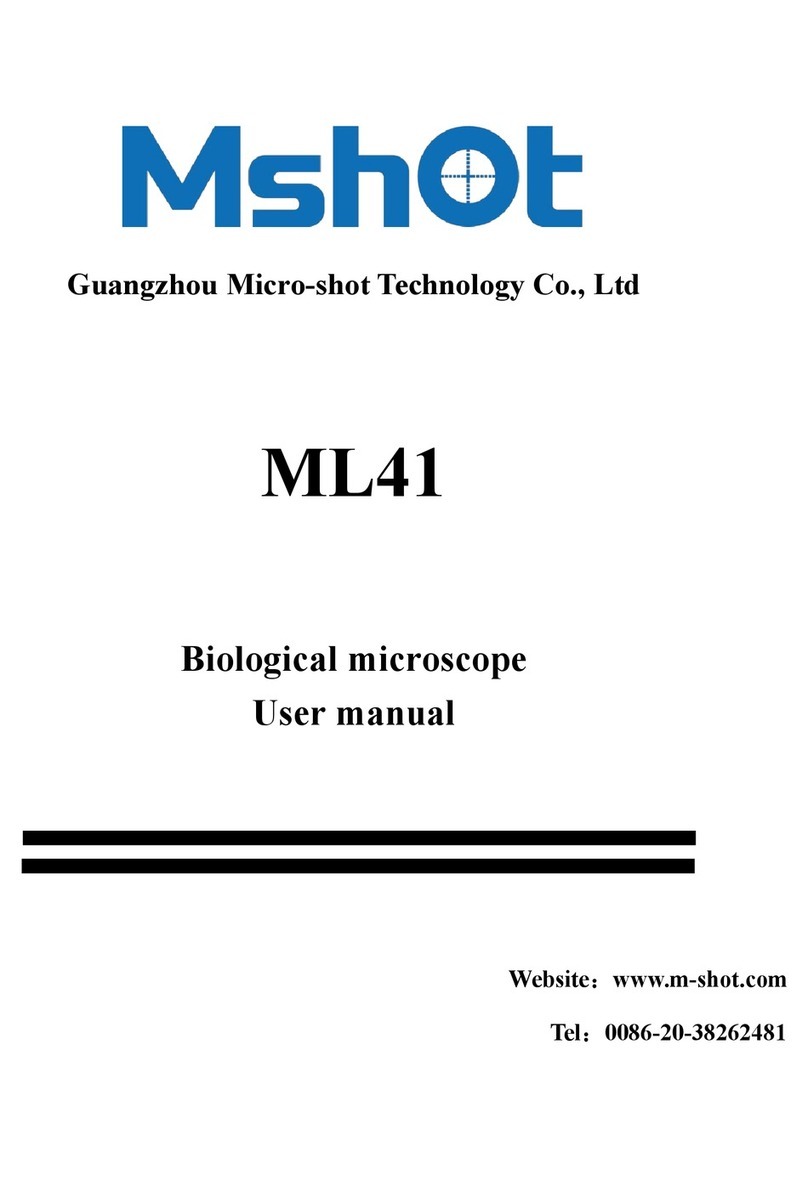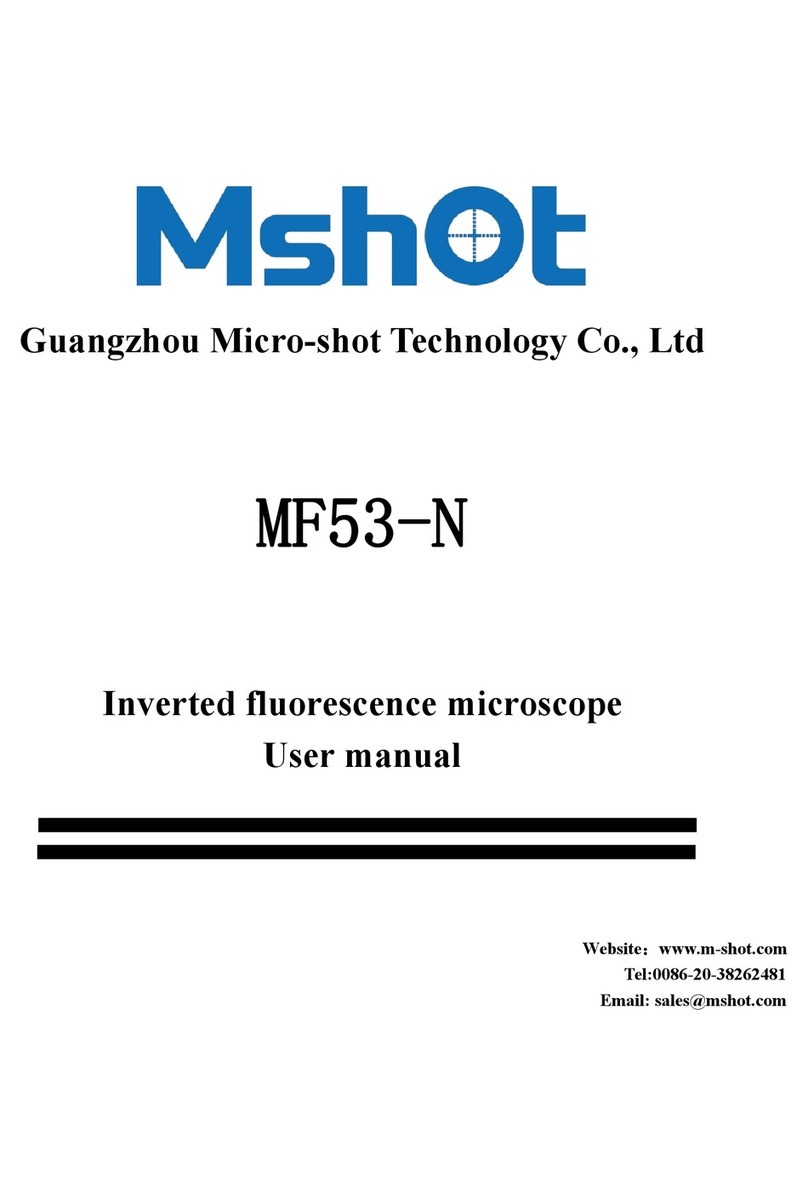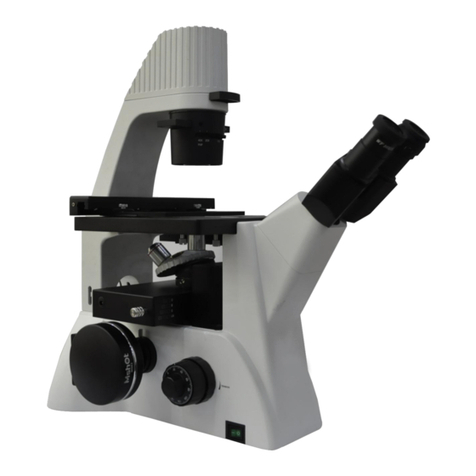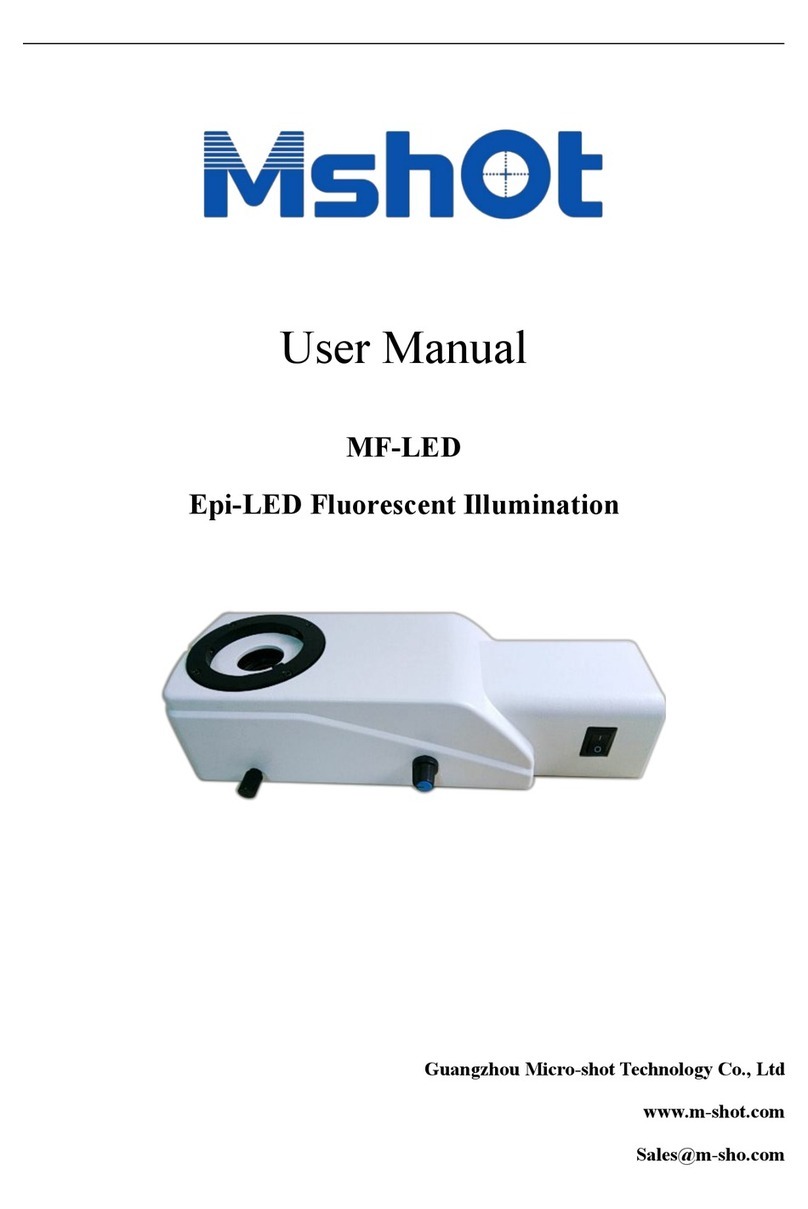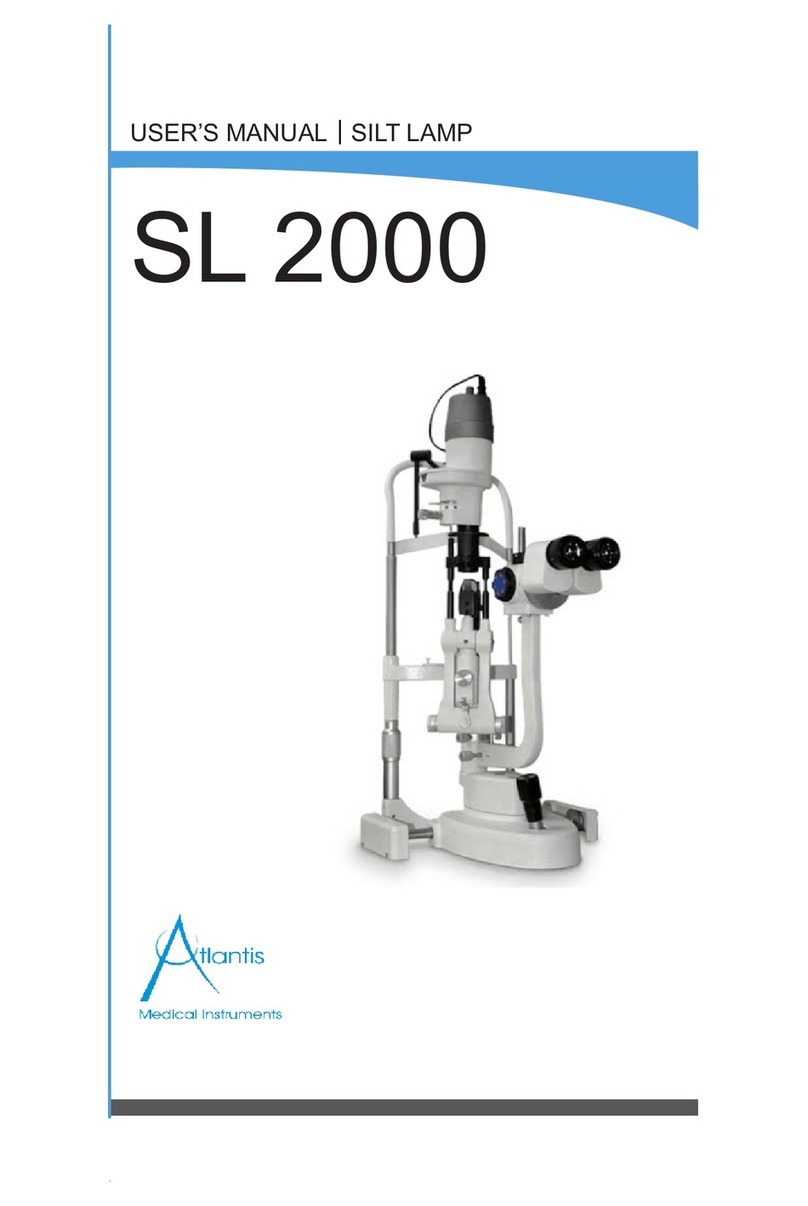
Safety Reminder
1. Be sure to turn off the power switch and remove the power cord before installing this unit,
replacing the bulb or fuse, plugging and unplugging the power supply.
To prevent electric shock or fire, be sure to turn off the power switch and remove the power
cord before installing this unit, replacing the bulb or fuse, plugging and unplugging the power supply.
2.Do not disassemble
Except the removable parts mentioned herein, no part of this unit shall be removed, otherwise
the performance of this unit may be reduced, or may cause an electric shock, injury or damage to
this unit. Please contact the supplier if any fault occurs.
3.Input voltage
Check if the input voltage is consistent with your local voltage supply. If not, do not operate this
unit and contact the supplier. Improper input voltage may cause a short circuit or fire thereby
causes damage to this unit.
4.Use specific bulb, fuse and power cord
Use of an improper bulb, fuse or power cord may cause damage or fire to this unit. Any extended
power cord used must be grounded (PE).
5. Protect this unit from high temperatures, dampness and foreign objects
To prevent short circuit or any other fault, do not expose this unit to any high temperatures or dampness
environment for a prolonged period of time. A suitable operating environment is designated at a
temperature of 5°C-35°C, and relative humidity of 20%-80% (at 25°C). If water splashes on this unit,
turn off the power switch and remove the power cord immediately, and then wipe the water off with dry cloth. When any
foreign object enters or drips onto this unit, please stop operating the unit and contact the supplier.
6.Heat of light source
The lighting bulb generates high temperatures during operation. Do not touch the collector lens or
lamp box when the lamp is illuminated, and do not touch the bulb within 10 minutes after the lamp
goes out due to high temperatures arising from operation. When replacing the bulb, make sure it has
cooled down properly (the lamp should be off for at least 10min).
★To prevent burn, do not touch the bulb when the lamp is illuminated or within 10min after it goes out.
★To prevent fire, do not place any fibrous product, paper, flammable or explosive material (e.g., gasoline, petroleum
ether, alcohol) near the halogen lamp housing or mercury lamp housing.
7.Coarse/fine focusing knobs
This unit employs a coarse/fine coaxial focusing mechanism. Do not turn the left/right coarse/fine
focusing knob in the opposite direction. When the objectives lifting device reaches the limit of motion,
do not continue to turn the coarse focusing knob, otherwise the focusing mechanism may be damaged.
8. Storage place
This unit is a precision optical instrument, and improper operation or storage may cause damage
or its precision may be adversely affected. Consider the following when selecting a storage place:
※Avoid placing the unit under direct sunlight, directly under interior lighting or any other bright place.
※A suitable operating environment is designated at a temperature of 5°C-35°C, and relative humidity of 20%-80%
(at 25°C). Do not expose this unit to high temperatures, dampness or dust for a prolonged period of time, otherwise mist
or mold may develop or dust may deposit on the lens, thus cause damage to this unit and shortening its life.
